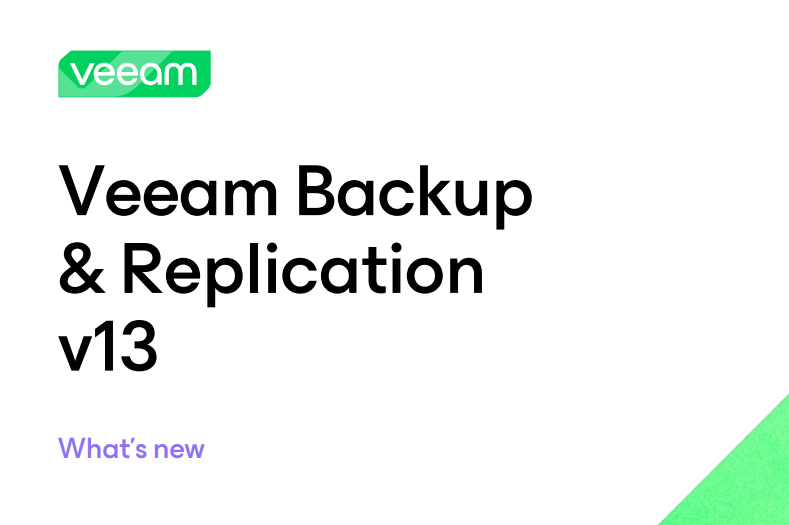Graham Elston - CTO
- 4 min read
Zero Trust Security: A Modern Blueprint for Cyber Resilience

Cyber threats are more sophisticated and the traditional network perimeter has all but disappeared, organisations must rethink their approach to security.
The Zero Trust model has emerged as the gold standard for securing modern enterprises—especially those embracing hybrid work, cloud transformation, and digital innovation.
This blog explores what Zero Trust really means, why it matters, and how you can implement it effectively using Zscaler and Microsoft technologies.
🔍 What Is Zero Trust?
Zero Trust is not a single product or solution, it's a strategic security framework that requires all users, devices, and applications to be continuously validated before being granted access to corporate resources.
Core Tenets of Zero Trust:
-
Verify Explicitly
Always authenticate and authorise based on all available data points, including user identity, device health, location, and behavior. -
Use Least Privileged Access
Limit access to only what is necessary for users to perform their tasks. Enforce Just-In-Time (JIT) and Just-Enough-Access (JEA) principles. -
Assume Breach
Design systems with the assumption that a breach has already occurred. Limit blast radius and segment access to minimize damage.
🧩 Why Zero Trust Now?
- Hybrid Work: Employees access resources from anywhere, on any device.
- Cloud Adoption: Applications and data are no longer confined to on-premises environments.
- Evolving Threat Landscape: Ransomware, phishing, and insider threats are more prevalent than ever.
- Compliance Requirements: Regulations like GDPR, HIPAA, and NIS2 demand stronger data protection and access controls.
🛠️ Building Zero Trust with Zscaler and Microsoft
Together, Zscaler and Microsoft offer a comprehensive, cloud-native approach to Zero Trust. Here’s how their platforms align to deliver end-to-end protection:
🔐 1. Identity and Access Management with Microsoft Entra ID
Formerly known as Azure Active Directory, Microsoft Entra ID is the foundation of identity-driven security.
- Single Sign-On (SSO) for seamless access to SaaS and on-prem apps.
- Multi-Factor Authentication (MFA) to prevent credential-based attacks.
- Conditional Access policies that evaluate risk signals in real time.
- Identity Governance to automate access reviews and entitlement management.
✅ Zero Trust starts with strong identity. Microsoft Entra ensures only the right users, on compliant devices, get access to the right resources.
🌐 2. Secure Internet Access with Zscaler Internet Access (ZIA)
ZIA is a cloud-delivered security service that acts as a secure gateway between users and the internet.
- SSL inspection and advanced threat protection for all outbound traffic.
- Data Loss Prevention (DLP) to prevent sensitive data exfiltration.
- Cloud firewall and sandboxing to block malware and zero-day threats.
- Integration with Microsoft Defender for Endpoint for shared threat intelligence.
✅ ZIA ensures that internet-bound traffic is inspected and secured—without backhauling or latency.
🔒 3. Secure Private App Access with Zscaler Private Access (ZPA)
ZPA enables Zero Trust access to internal applications—without VPNs or network exposure.
- Application segmentation instead of network segmentation.
- User-to-app connectivity, not user-to-network.
- Policy-based access using identity and context.
- Seamless integration with Microsoft Entra ID for authentication and authorization.
✅ ZPA eliminates lateral movement and reduces the attack surface by making apps invisible to the internet.
🖥️ 4. Endpoint Security with Microsoft Defender for Endpoint
Microsoft Defender for Endpoint provides advanced threat detection and response capabilities across all devices.
- Behavioral analytics and attack surface reduction.
- Automated investigation and remediation.
- Device compliance signals shared with Entra ID and Zscaler.
- Threat intelligence correlation with Zscaler logs for faster incident response.
✅ Defender ensures that only healthy, trusted devices can access corporate resources.
🔄 How Zscaler and Microsoft Work Together
The integration between Zscaler and Microsoft is deep and strategic:
| Capability | Microsoft | Zscaler | Integration |
|---|---|---|---|
| Identity & Access | Entra ID | ZPA/ZIA | SSO, Conditional Access |
| Endpoint Security | Defender for Endpoint | ZIA/ZPA | Device posture, threat sharing |
| Threat Intelligence | Microsoft Threat Intelligence | Zscaler Threat Library | Bi-directional sharing |
| SIEM & Analytics | Microsoft Sentinel | Zscaler Nanolog | Unified visibility |
🧭 Real-World Use Cases
✅ Remote Work Enablement
Employees securely access internal apps from home using ZPA, authenticated via Entra ID, with device compliance enforced by Defender.
✅ Cloud App Protection
ZIA inspects traffic to Microsoft 365 and other SaaS apps, enforcing DLP and threat protection policies.
✅ Incident Response
Defender detects suspicious behavior on an endpoint, shares telemetry with Zscaler, which blocks outbound connections and logs the event in Microsoft Sentinel.
🚀 Getting Started: A Roadmap to Zero Trust
- Assess your current security posture and identify gaps.
- Strengthen identity with Microsoft Entra ID and Conditional Access.
- Secure endpoints with Microsoft Defender and enforce compliance.
- Deploy ZIA and ZPA to secure internet and private app access.
- Integrate and automate using Microsoft Sentinel and Zscaler APIs.
- Continuously monitor and refine policies based on risk and behavior.
🏁 Final Thoughts
Zero Trust is not a destination...it’s a journey. But with the right partners, it’s a journey you can start today. Zscaler and Microsoft provide a powerful, integrated platform to help you modernise your security, reduce risk, and enable your workforce, wherever they are.
🔐 In a world where trust is earned, not assumed, Zero Trust is your best defense.
Share Link



